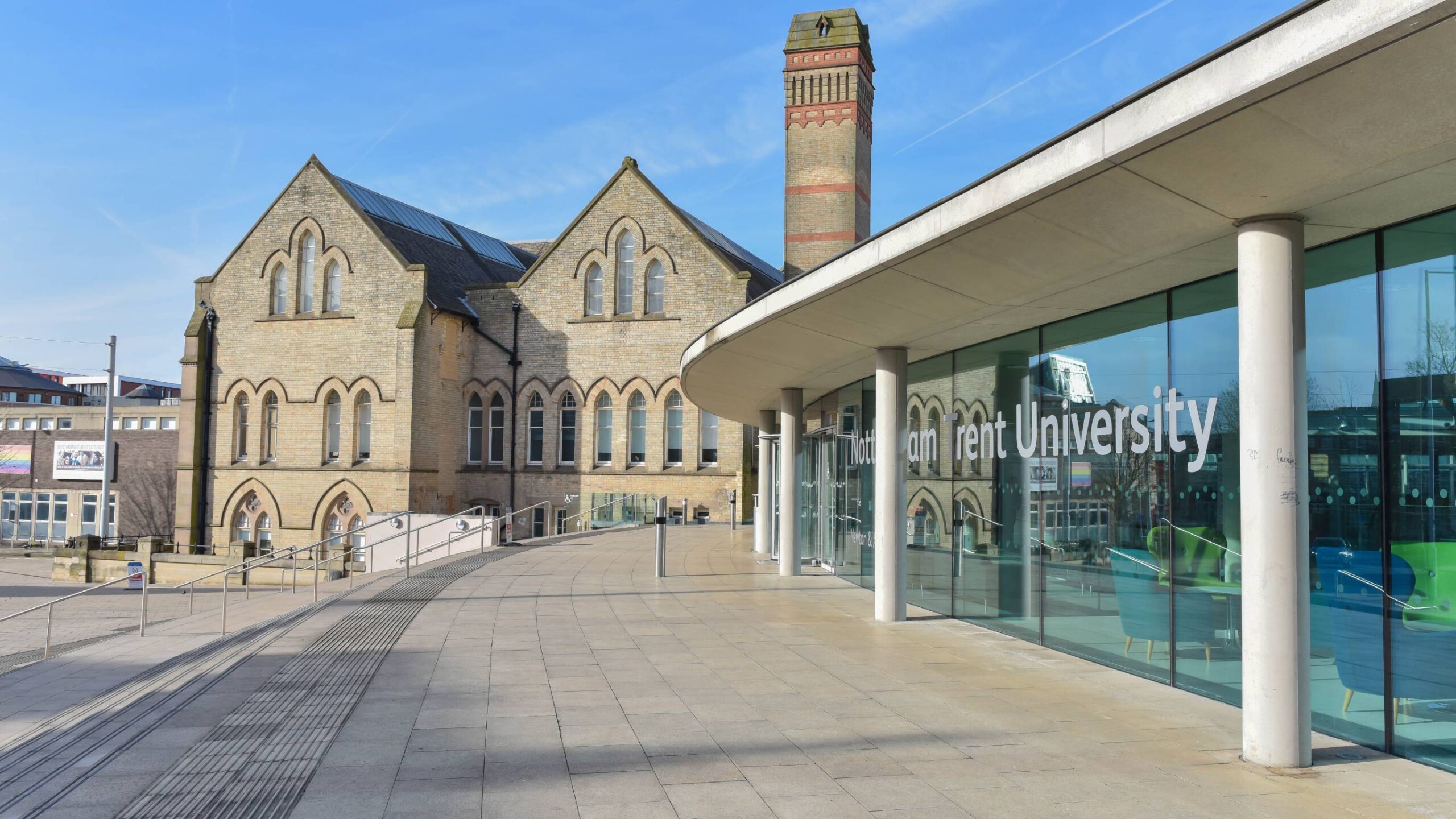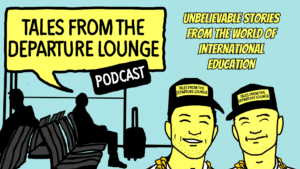Higher education is facing a period of arguably unprecedented change.
Funding challenges are pushing us to “do more with less”.
Students and (to a lesser extent) staff are increasingly diverse, and bring different perspectives to their respective roles.
Awarding gaps are challenging everyone, and student engagement is frequently raised as an issue of concern in staff meetings and boardrooms.
Meanwhile, Generative AI is proving pedagogically contentious, and we’re all desperately trying to improve the student experience, support student wellbeing, and produce future-proof graduates who improve our Graduate Outcomes rankings.
To thrive, or even survive, in such a context, we need to “do things differently”. But are there barriers?
What needs to change?
Wishful thinking won’t improve the metrics – what we really need is change at the so-called “chalk-face”. We need to create engaging classroom and online pedagogies, alongside forward-thinking curricula, and assessment that contributes to student learning.
If we are going to close awarding gaps, we need to create inclusive learning environments, that are accessible to disabled students, supportive of neurodivergence, and are culturally responsive. In other words, we need not only to recognise and respect diversity – we need to act on it.
The pedagogic literature offers lots of insight here, and we know that there are tried and tested ways to include our students, not least working towards inclusive pedagogy and Universal Design for Learning.
Inclusive higher education involves thinking differently about what and how we teach, including offering students a choice about the mode of learning and assessment with which they engage. Equity is not the same as equality, as Jan McArthur argues – doing things differently for different students is often the way to level the proverbial playing field. One size does not fit all.
Being brave enough to innovate
Why isn’t that innovation happening already? In part, innovation is perceived to be risky and time consuming, and academics can be understandably reluctant to spend lots of time on activities that are risky, especially in a precarious employment environment.
When it comes to innovation around curriculum, learning, teaching, and assessment, such changes are subject to quality assurance (QA) – the necessary safeguarding of standards that happens in all UK universities as a matter of course – and to approval by any relevant Professional and Subject Related Bodies (PSRBs).
QA and PSRB monitoring ensures that students have (to a large extent) consistent learning opportunities whichever university they study at, and whatever their subject of study.
Our experience of working with QA is really varied – we know that some QA teams are supportive, helpful, and “can-do”, while others are a bit more tied to the (rigid) rules.
But almost universally, regardless of the reality, we often hear colleagues across the sector arguing that the “computer says no” – or “QA won’t allow it”.
The main issue for QA here is that doing things differently for different students, or allowing students choice about how they show that they have met the learning outcomes for a module, doesn’t easily allow that consistency to be demonstrated.
How to resolve the tension?
We suggest that there are a few ways to move forward with innovation for engagement, inclusion, and equity.
Firstly, academics and QA colleagues need to work in partnership, to respect each other’s expertise and perspectives, and to start from a position of trust. We all want what’s best for our students, and we share a desire for an inclusive university.
As academics, we can help our QA colleagues to recognise where innovation is appropriate, by drawing on the higher education scholarship literature, and sharing “what works” according to the evidence.
In turn, they help to keep us safe from genuine risk. Student voices also need to be heard in these conversations, and those of employers.
We need to think carefully about how we ensure equivalence in assessment of learning outcomes. For example, how long should one student’s presentation be to be equivalent to another student’s written submission of 1500 words?
We also need to evaluate these innovations, to check that they achieve what we intend, and to refine them if they don’t. Our own scholarship matters here too – how often do we disseminate what works and (just as importantly) what doesn’t to save everyone else from having to reinvent the wheel?
Collaboration and sharing within and between institutions are part of the solution.
Higher education is (at least a bit) broke(n) – and we need to fix it. The biggest risk right now is standing still and doing things the way we always did.
We need courage, partnership, and evidence-based innovation to create learning and assessment opportunities that students enjoy, that help them to see relevance to the workplace, and that are, ultimately, inclusive enough to close those persistent awarding gaps.




